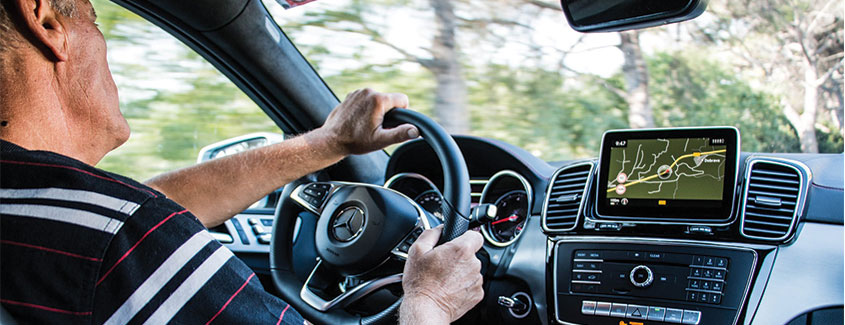Uber and Lyft are ridesharing services that have quickly gained popularity. At this point, they are available in most parts of the country, especially metropolitan areas. With a few taps on your phone, you can call a driver to your location. Or, sign up through the same app to become a paid driver yourself.
Many people have turned to these services as drivers for extra income because of its ease-of-use. Just sign into the app and you’re in business. You can work wherever you want, whenever you want, even if it’s just for a few minutes. It can be a convenient way to make a few bucks in the evenings or weekend.
Unfortunately, it’s not that simple. While many people are lauding Uber and Lyft for disrupting the traditional taxi model and giving people an easy employment option, working for either of these services comes with some risk worth considering.
Financial risks
As a ridesharing driver, you are an independent contractor, not an employee of the parent company. Any losses or expenses you incur are your problem. Both services compensate drivers for damage to vehicles caused by passengers, but standard wear and tear, fuel, tolls, maintenance, taxes, and insurance are costs of the job. While injury is unlikely, you are not eligible for worker’s compensation insurance.
Since you are technically working while you drive for Uber or Lyft, standard car insurance won’t cover you if you get into an accident. Most drivers are taking this risk.
Furthermore, the job isn’t as lucrative as it used to be. Both services have increased their percentages of the last few years. Uber and Lyft now takes 20% off the top, which makes it difficult for many drivers to handle the expenses.
Uber says you can make about $25/hour. Lyft reports $35/hour. The truth, however, is far lower once you deduct expenses. The amount you can earn varies widely depending on the area, but at the end of the day, most drivers make about $9-15/hour.
Lyft’s app has functionality for passengers to tip drivers, which can improve the hourly rate significantly. Uber, however, says they want “riders and drivers to know for sure what they would pay or earn on each trip — without the uncertainty of tipping.”
Safety risks
Originally, ridesharing companies pitched their product as a safer alternative to taxis. Using social media logins, driver and passenger identities were public, making assault or crime less likely. Rating systems were designed to penalize people who behaved inappropriately.
But the rapid growth of the industry has made these basic safety features (and they are basic) less effective. Ridesharing services have to recruit new drivers constantly. A reputation-based system doesn’t work when you’re likely to never see that passenger again anyway.
Neither ridesharing app provides safety training for drivers (as this would force them to classify drivers as employees). Both services provide some basic tips for drivers to look out for themselves, but this information is sparse and unhelpful in a dangerous encounter.
OSHA reports that “data indicates that annual homicide rates for taxi drivers (and chauffeurs) from 1998 to 2007 ranged from 9 per 100,000 workers to 19. During that period the rate for all workers was at or below 0.5 per 100,000 workers.” This means that taxi drivers are killed 21 and 33 times higher than the national average.
Presumably, that’s less of a concern for ridesharing drivers because there is no cash exchange. You’ve probably seen sensational headlines, but that’s only because the industry is new and people are adjusting. The real danger lies in motor accidents, of which there are substantially more for ridesharing drivers than the average.
Finally, the background check system is weak. Lyft performs a background check on all drivers. Uber checks the background in only certain states. But there are reports in both apps of people passing the background check who know they shouldn’t.
Decide for yourself
It has become clear the rideshare driving isn’t the “way of the future” it was marketed to be. It’s a reasonable job considering its low barrier to entry, but it’s not something to build a future around. The safety risks aside, driving for Uber or Lyft doesn’t offer a strong financial incentive anymore.
Karen Consiglio
Commercial Claims
kconsiglio@srfm.com


